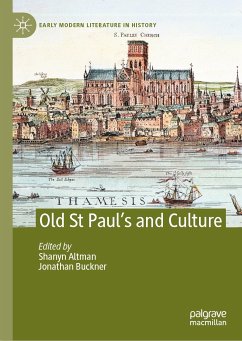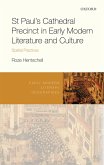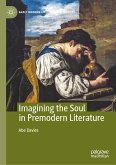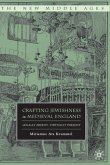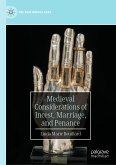Old St Paul's and Culture is an interdisciplinary collection of essays that looks predominantly at the culture of Old St Paul's and its wider precinct in the early modern period, while also providing important insights into the Cathedral's medieval institution. The chapters examine the symbolic role of the site in England's Christian history, the London book trade based in and around St Paul's, the place of St Paul's commercial indoor playhouse within the performance culture of sixteenth and seventeenth-century London, and the intersection of religion and politics through events such as civic ceremonies and occasional sermons. Through the organising theme of culture, the authors demonstrate how the site, as well as the people and trades occupying the precinct, can be positioned within wider fields of representations, practices, and social networks. A focus on St Paul's is therefore about more than just the specific site on Ludgate Hill: it is about those practices and representations connected to it, which either extended beyond or originated in places other than the Cathedral environs. This points to the range of localised, regional, national, and transnational relationships in which the precinct and its people were situated and to which they contributed.
Dieser Download kann aus rechtlichen Gründen nur mit Rechnungsadresse in A, B, BG, CY, CZ, D, DK, EW, E, FIN, F, GR, HR, H, IRL, I, LT, L, LR, M, NL, PL, P, R, S, SLO, SK ausgeliefert werden.

